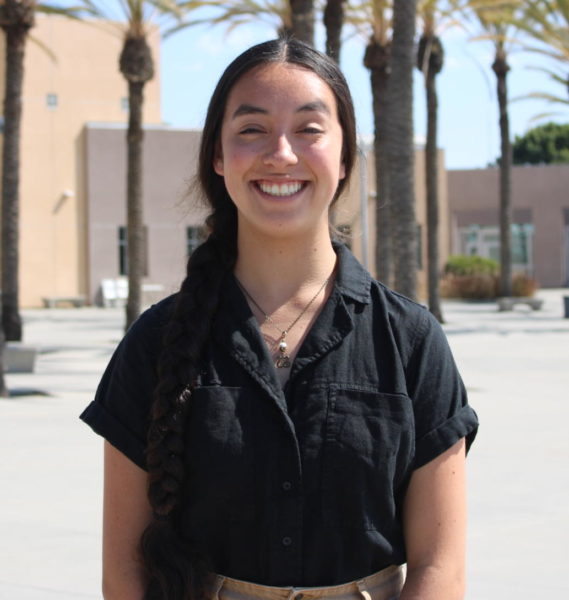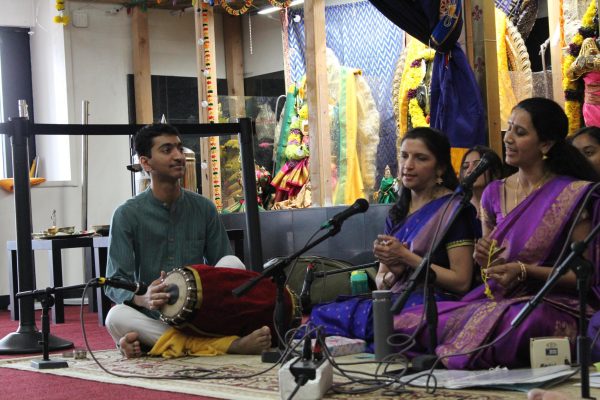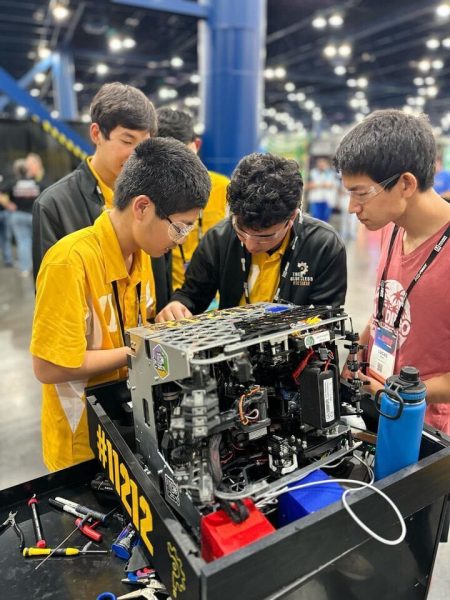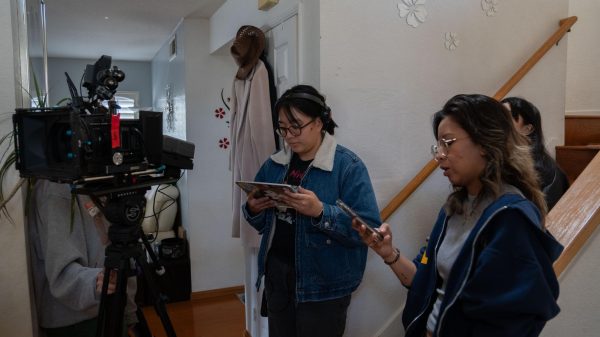Ly persues culinary arts, starts food blog
December 16, 2022
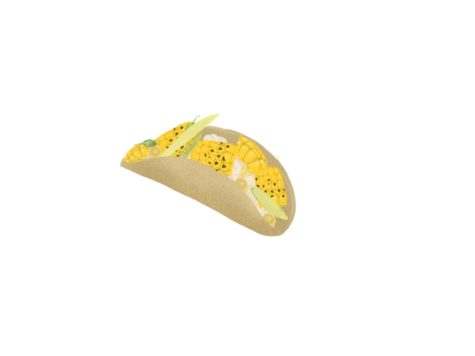
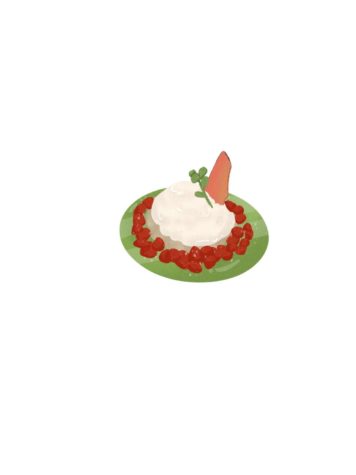
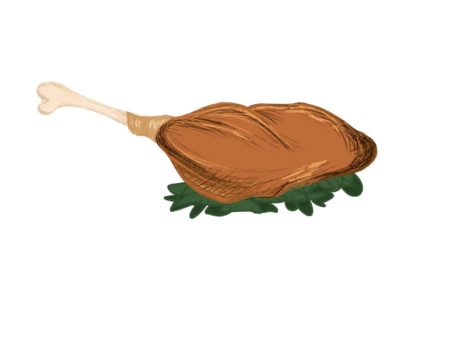
When Gianni Ly (11) steps into a kitchen, he sees a studio. Where some see a skillet, he sees a canvas. Where some see a whisk or a spatula, he sees a brush and a sponge, and where some see food, he sees art. Ly’s interest in the culinary arts began when he was 6 and, from there, his understanding of food diversified.
“I first got into cooking at 6 or 7,” Ly said. “[It] was just a natural interest of mine. I realized there was an aspect of creativity to it, because you can take a single ingredient and instantly there’s a broad range of possibilities that exist, which stimulate different ideas to the senses.”
In middle school, Ly began looking into what it really meant to work in the high-end culinary industry by studying breakdowns of fine dining establishments, such as those with Michelin stars, which he viewed through a YouTube series called Mise en Place. Ly was instantly drawn to environments like the kitchen of L’Atelier De Joël Robuchon, the only restaurant in Las Vegas with three Michelin stars. The unison of the chefs relaying orders and plating dishes like a well-oiled machine combined inventiveness, hospitality and class. In the years that followed, Ly dove deeper into his search, even learning to make dishes of his own.
Now, Ly has decided to make a career out of his passion by one day managing his own restaurant and bakery.
“About a year and a half after my first exposure to fine dining, I knew my goal was to manage a fine dining restaurant with a bakery attached,” he said. “I fell in love with the idea of setting a menu, creating an environment for customers. It’s a service job, really, a hospitality job.”
One of Ly’s main focuses has been on the structure of a kitchen, which is typically referred to as the French brigade system in high-end establishments. Based on military ranks and order, kitchens are divided into stations with specific tasks, such as a sauce station or a meat station. Positions range from chef de cuisine to dishwasher, Ly said, and when he first gets a job working in a kitchen, he’ll be in the entry position of line cook.
To gain insight into what life is really like for cooks on the line, Ly frequently reaches out to culinary figures he admires.
“They’ve been super willing to share their experiences, especially because they’re trying to keep the industry alive in younger generations,” Ly said. “I’ve talked with them about everything, from stress to education, and what I’ve learned is much more personal than just studying the systems themselves.”
Ly has made the decision not to attend culinary school, as it teaches technical skill but does not allow him as much kitchen experience or to keep alternate career paths open. Instead, Ly plans to get an undergraduate degree majoring in journalism or English, then to attend law school, where he will work in kitchens alongside pursuing his education.
“Obviously, cooking is my true passion, but I’m always going to have a stable backup plan,” Ly said.
As Ly looks to the future, he has decided to document the evolution of his relationship with cooking. Ly has always taken notes of his recipes and techniques, even posting pictures of his work and concept menus on Instagram, but the past few months, Ly has been designing a website where he will upload pictures, recipe-testing processes, concept menus, and personal reflections.
“The blog started out as a journal, but I figured that online would be an easier format, and that way, other people can read it, too,” Ly said. “The blog is a great way to expand my research skills and writing skills.”
Ly’s first step was to build up a team, co-collaborators who upload their own journeys into the blog alongside Ly.
“It’s been super important to me that I include other students who are interested in food and writing, like Nathaniel Carlson (12),” Ly said. “We have editors, [an] editor in chief, project director and journalists.”
Entries to the blog, Ly hopes, will encourage writers to evaluate how they’ve developed as cooks by creating new dishes and menus, a process that Ly says ranges from mere days to a matter of months.
“We start with ideas that we’d like to pursue, such as toast with butter and jam,” Ly said. “From there on, to create a full dish, you start to think in terms of texture, temperature, local ingredients you have access to. It all depends on the emotion that you want to invoke. The design and the creative process are the heart of the work, and then, of course, it’s testing your recipes and seeing what comes together naturally.”
As Ly grows and documents his improvements, he also hopes to shed light on underappreciated cuisine, especially lesser known ingredients.
“East Asian-inspired ingredients, like yuzu and fish sauce, have immense potential in fine dining, but there’s not as much contemporary cooking representing those cultures,” Ly said. “Tamarind and fish sauce are [also] often used within East Asian cuisine, but not outside that scope, and so when I open my restaurant, those are the kinds of ingredients I want to serve.”
Ly hopes that his blog will be the jumpstart to a deeper exploration of his interests, transforming what most people know as food to the art he sees.
“There’s so much more to food than tasting good,” Ly says. “Fine dining in particular is, at its core, an expression of creativity, of taking ingredients and blending them into something no one has ever seen. It’s art.”


